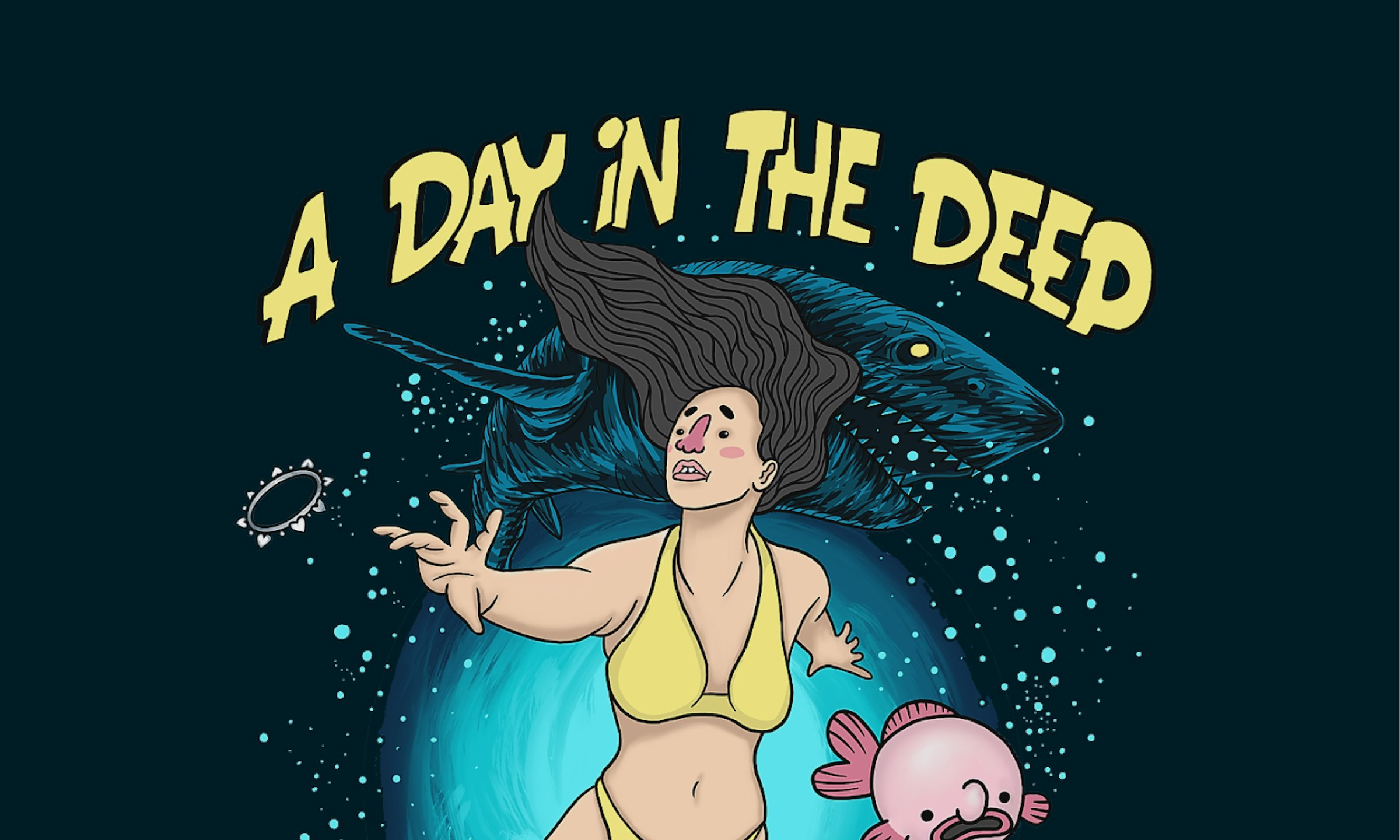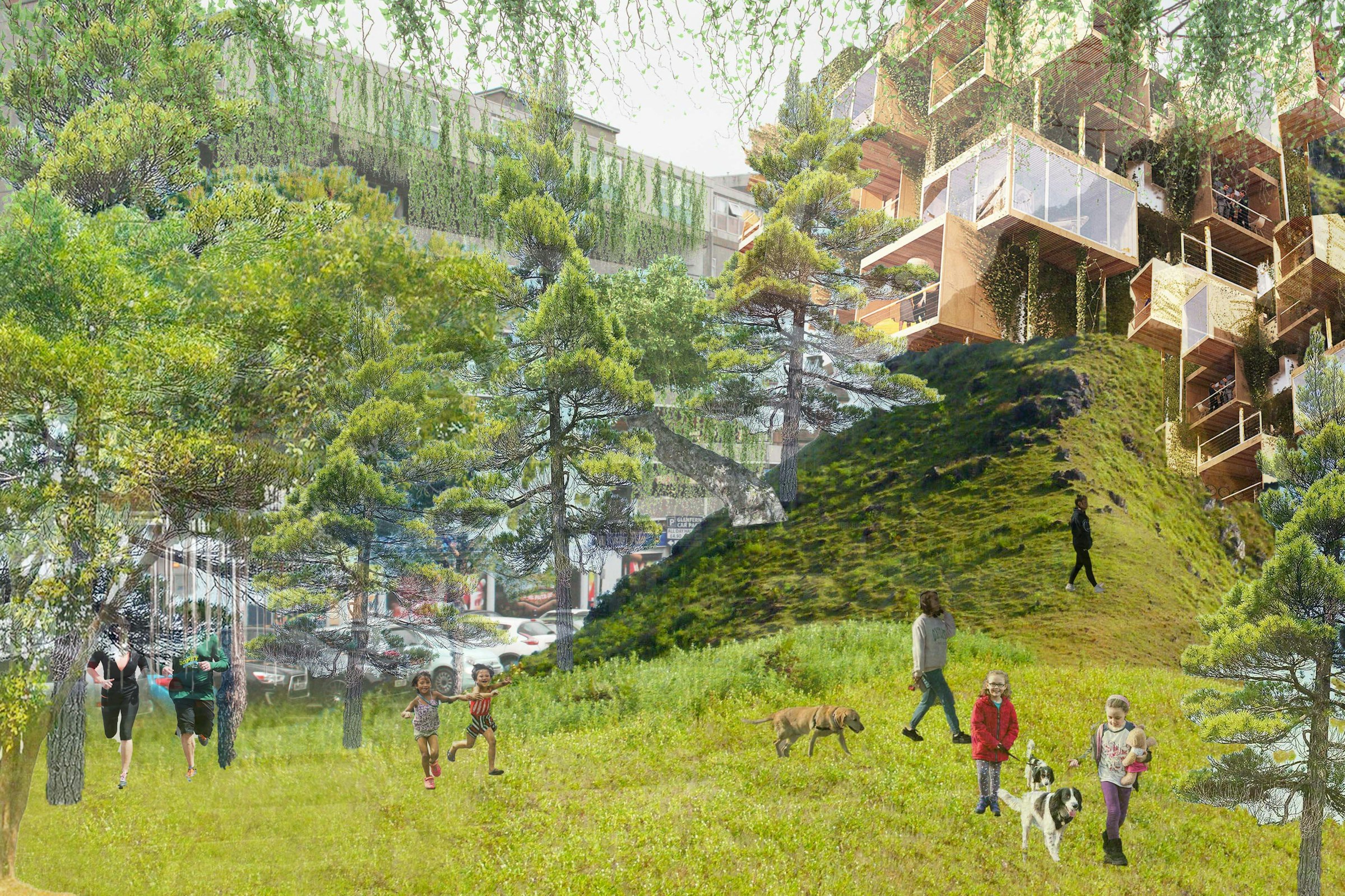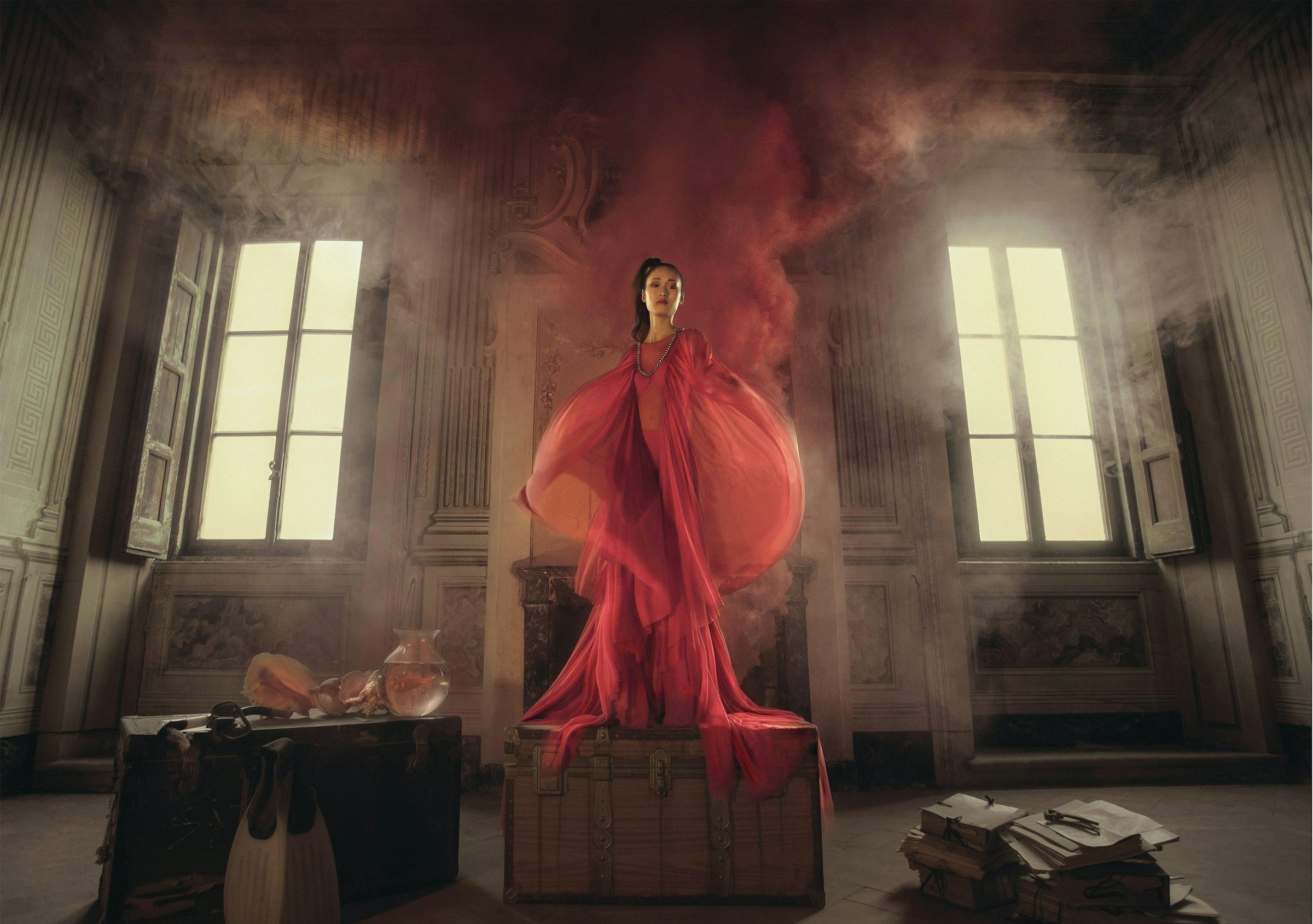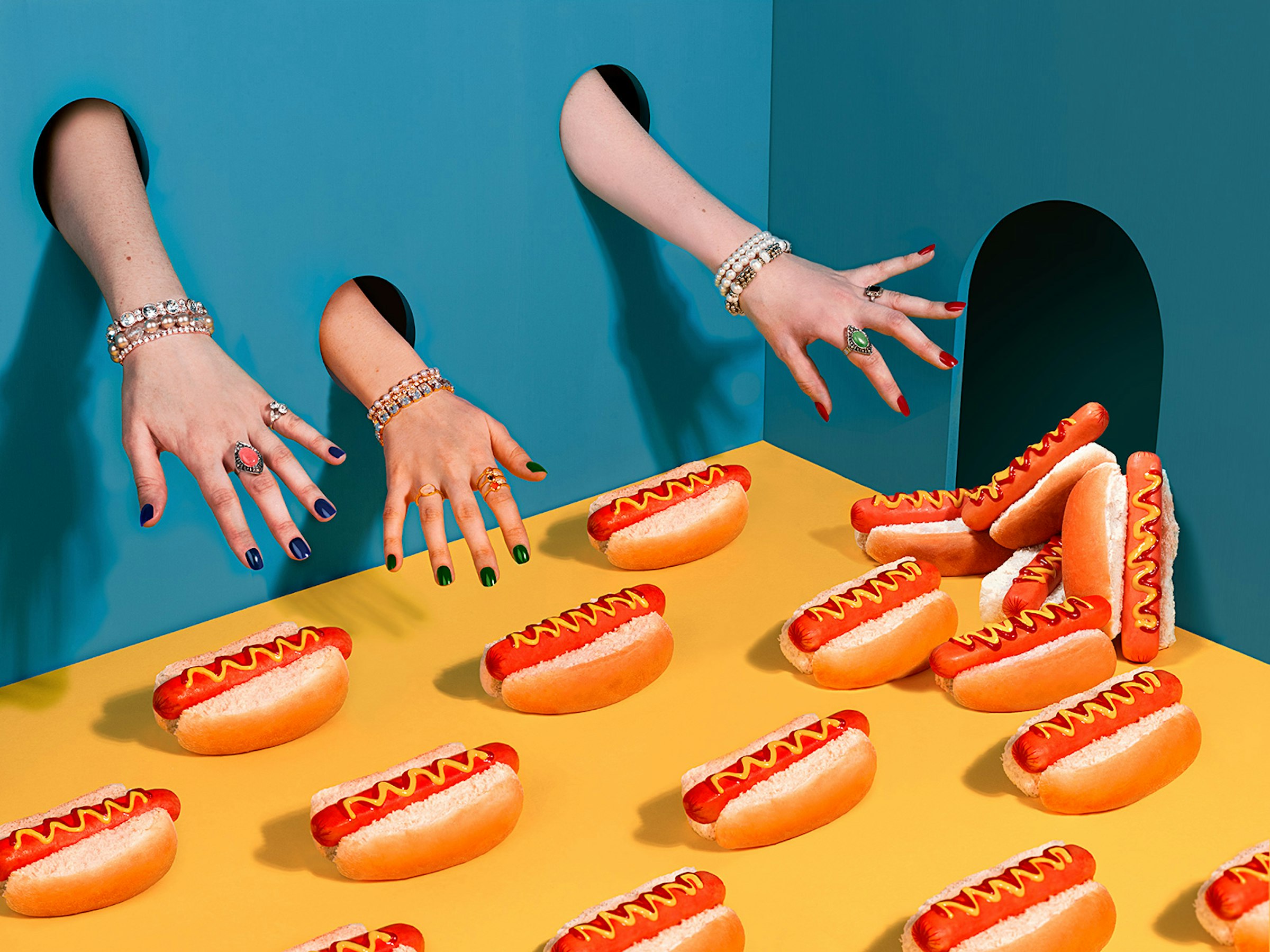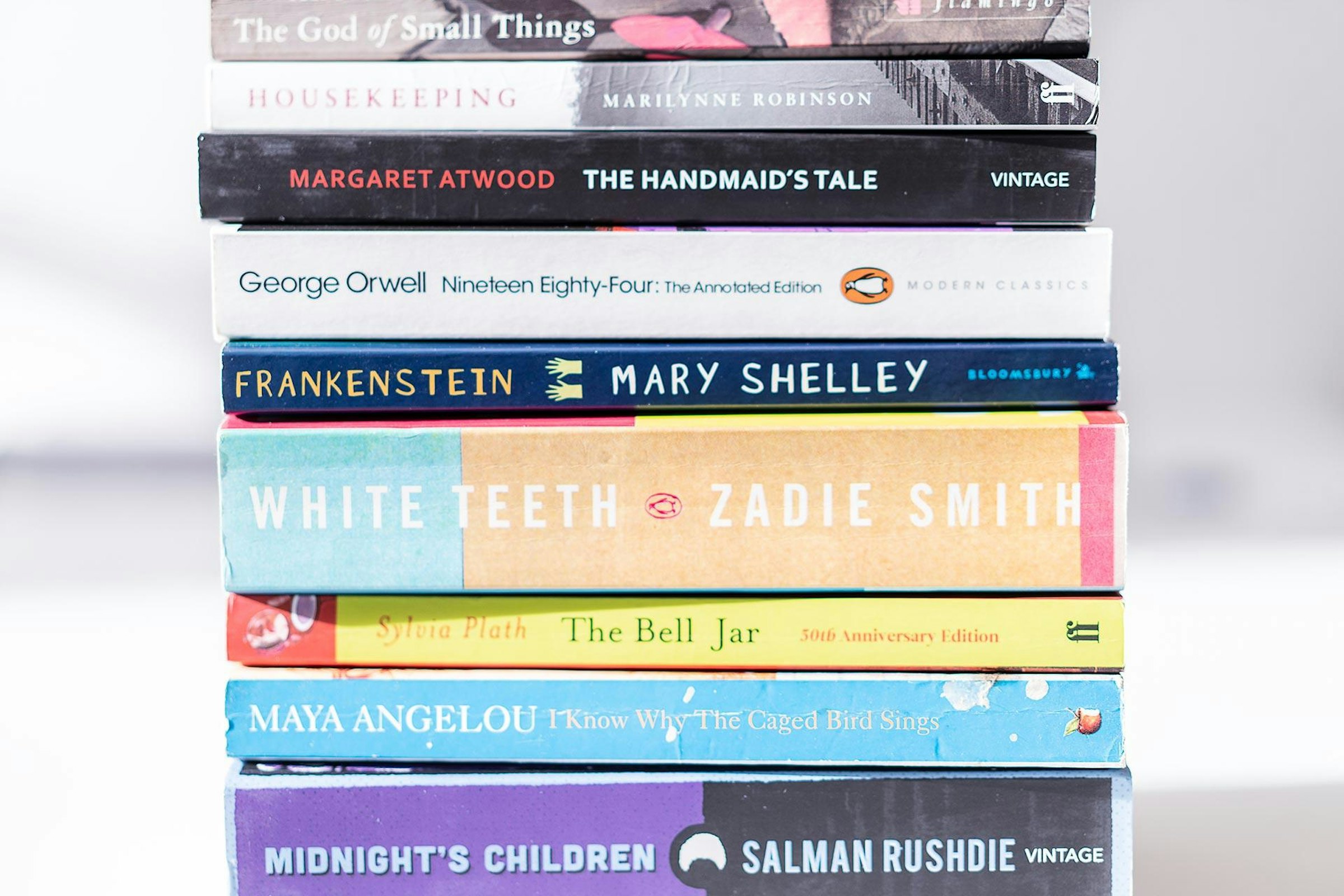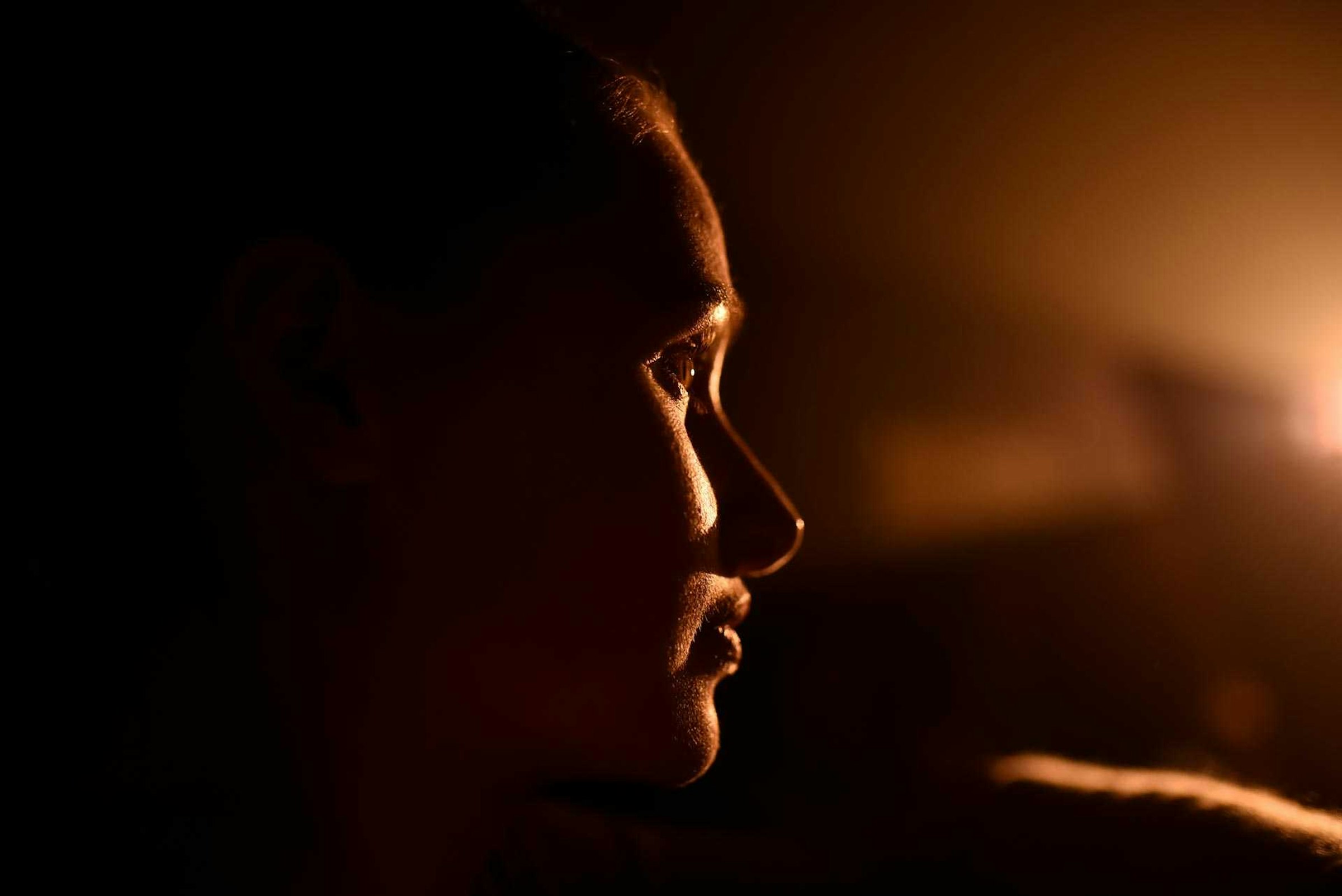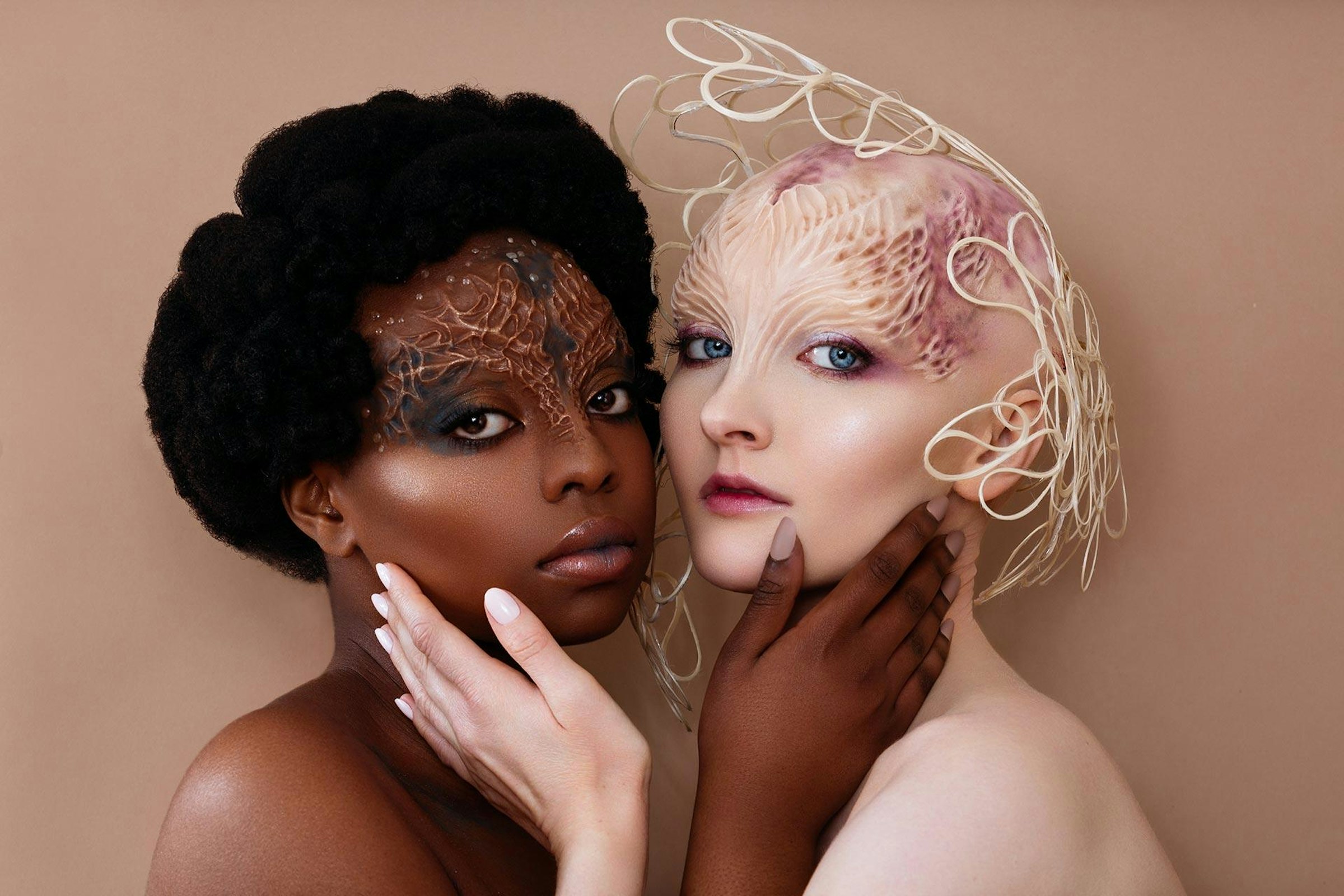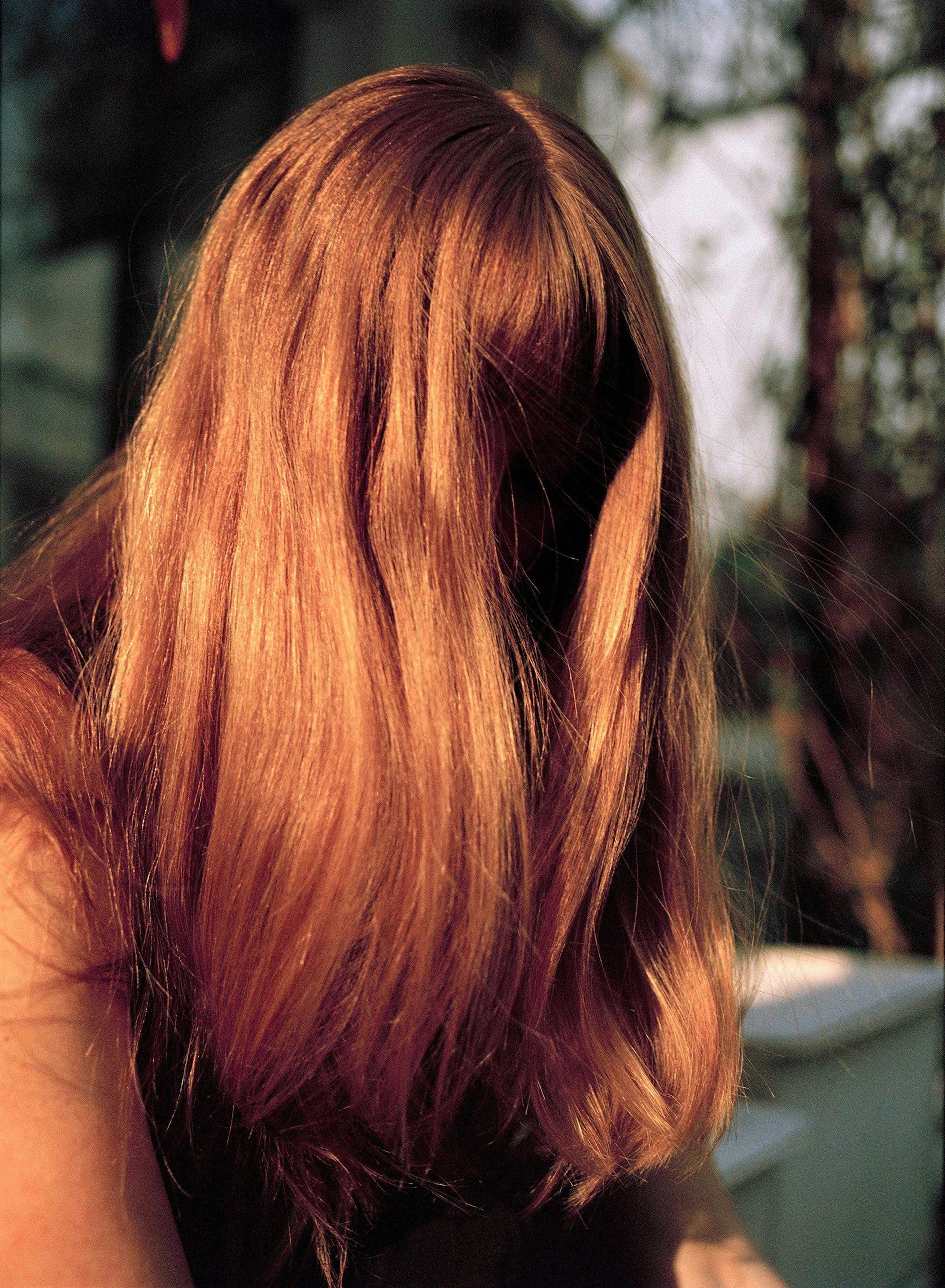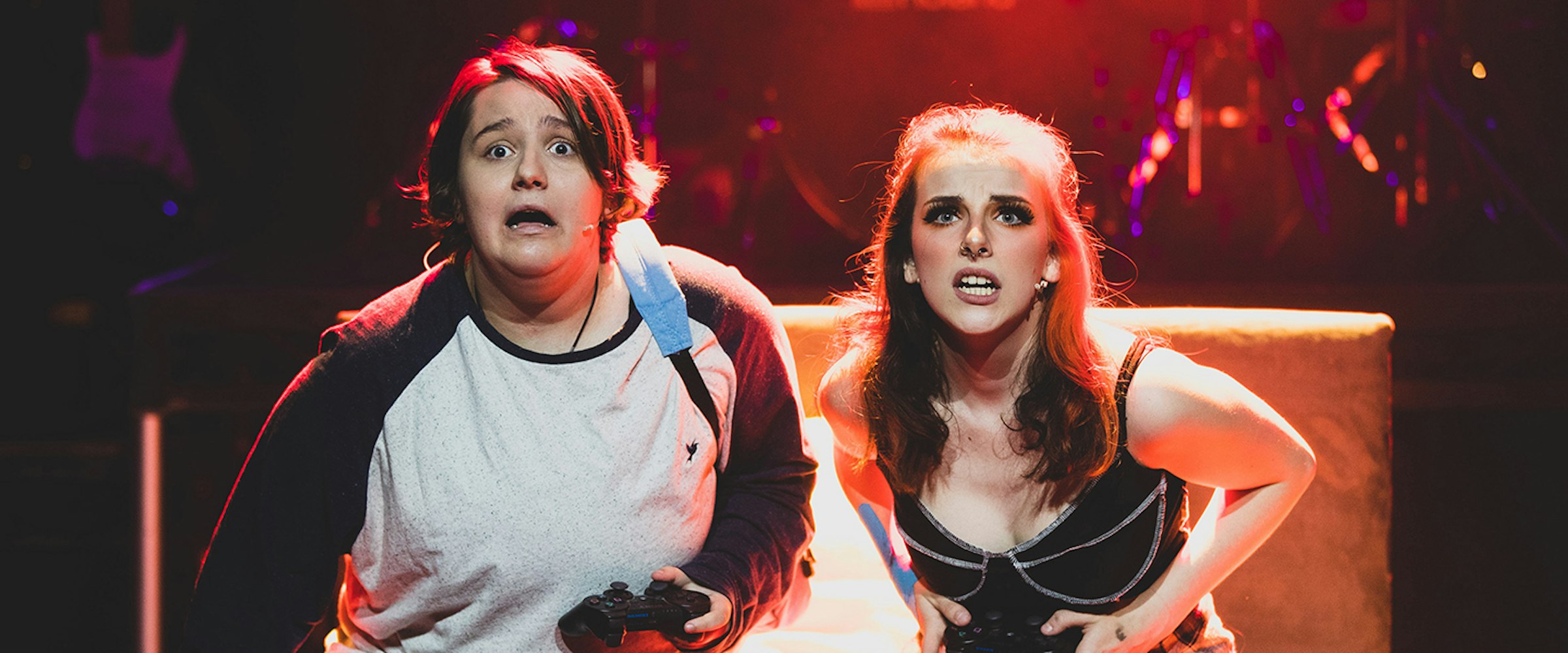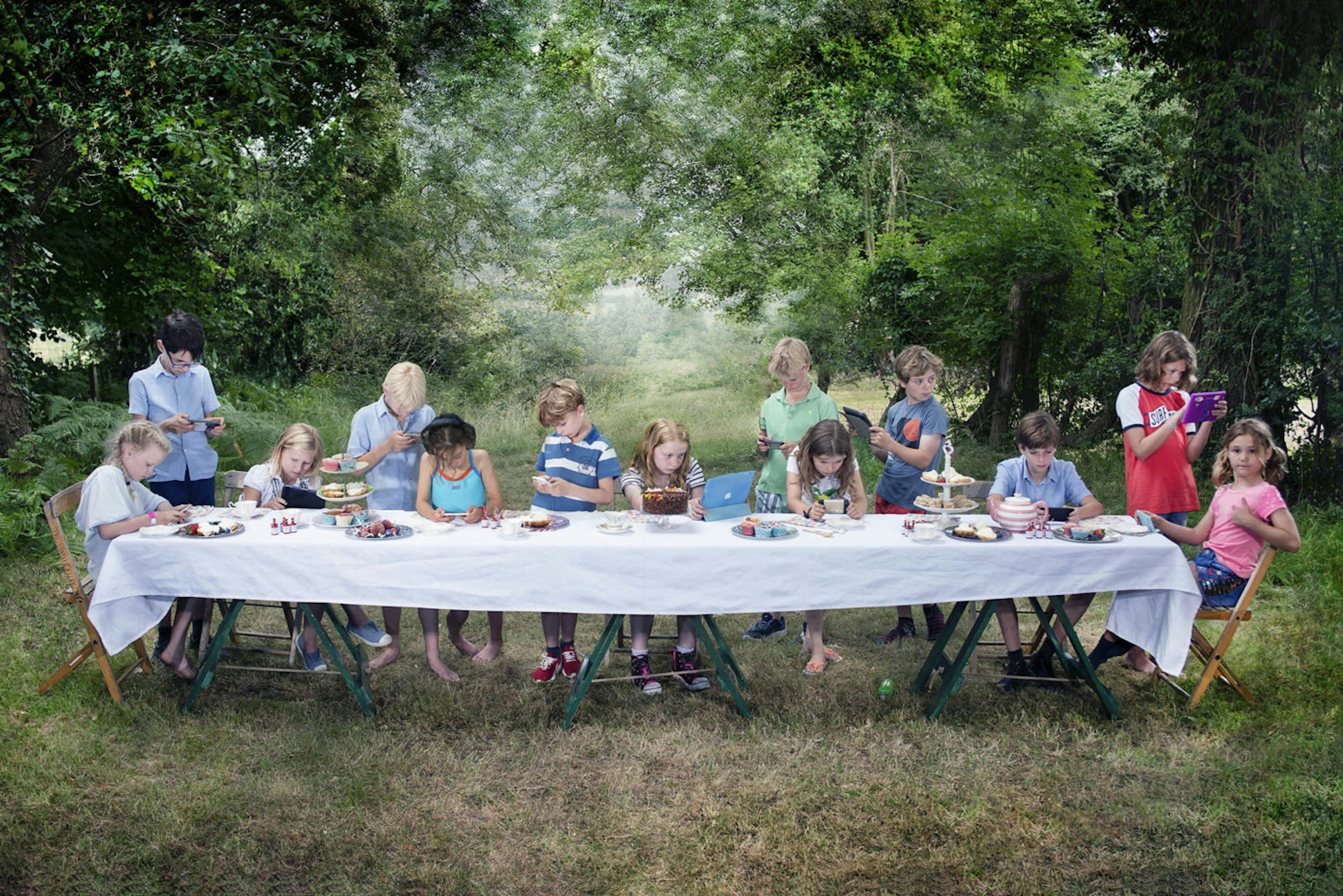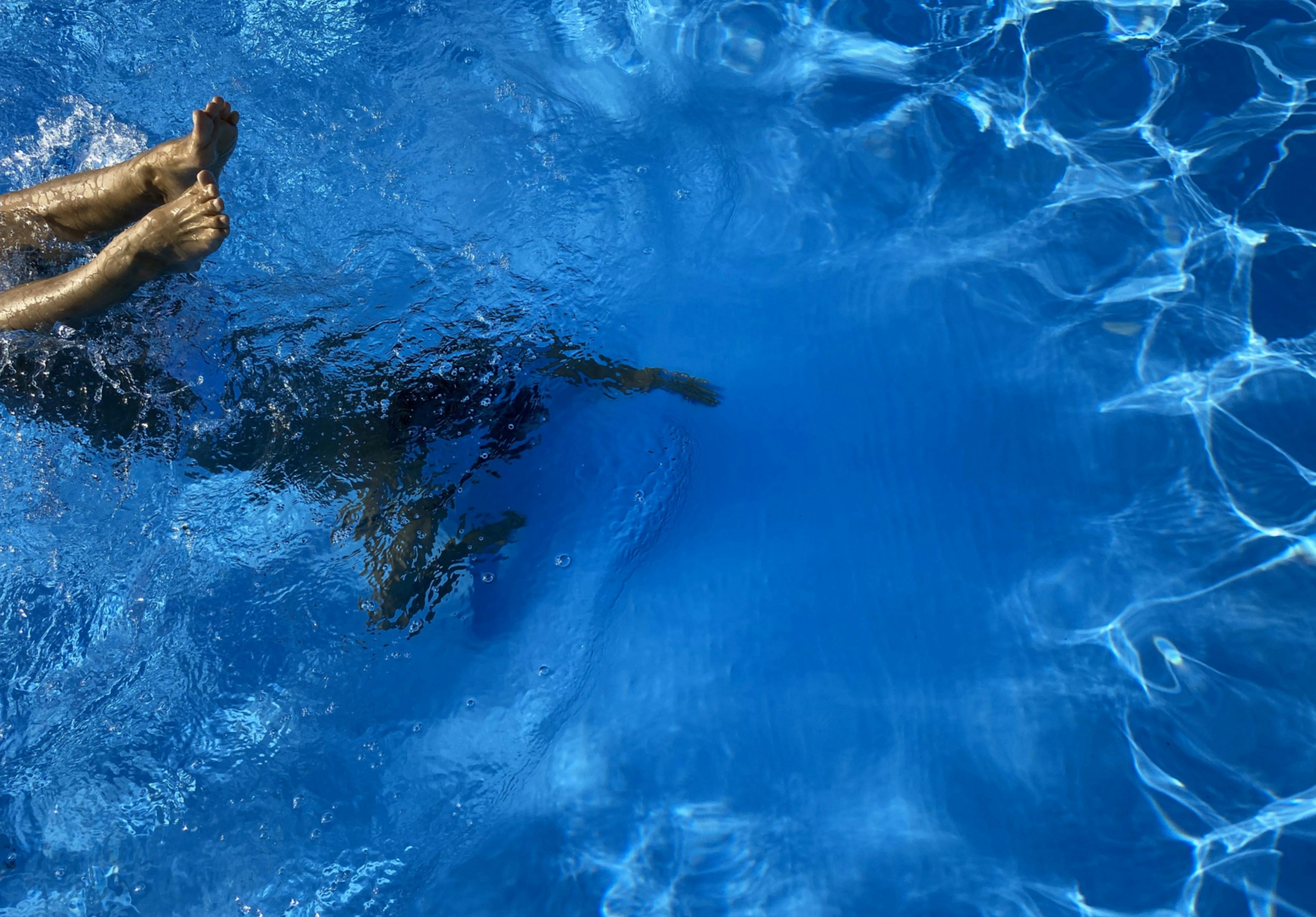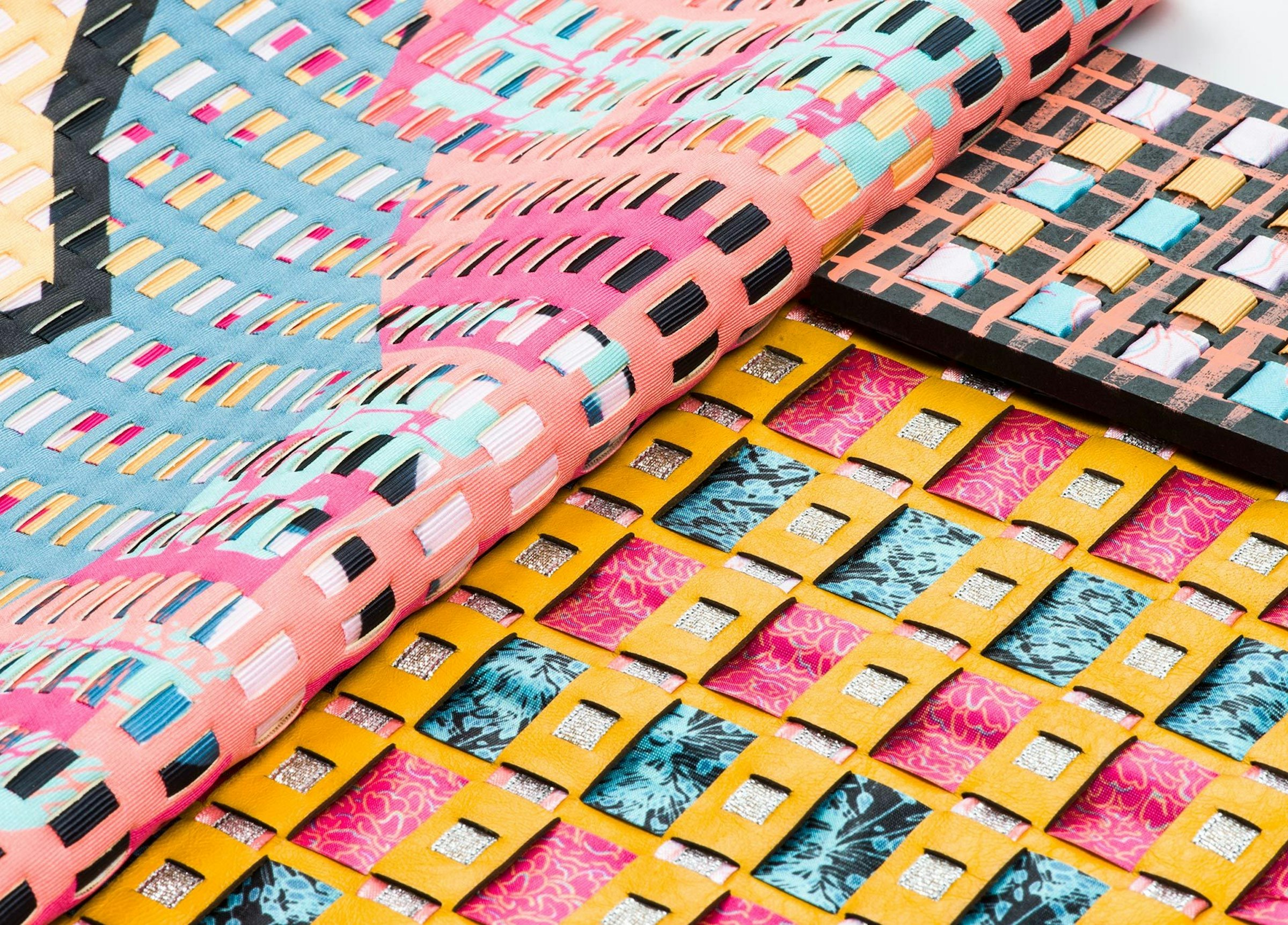You are using an outdated browser. Most of this website should still work, but after upgrading your browser it will look and perform better.
- Home
- Undergraduate Courses
- BA (Hons) Fashion Communication
BA (Hons) Fashion Communication
- Duration: 3–5 years full-time
- Placement year: Optional 1 year
- Course code: W111 (UCAS)
- Institution code: A66 (UCAS)

Overview
Behind every successful fashion campaign or publication is a team of top communicators, working tirelessly across the diverse and rapidly evolving areas of marketing, branding, PR, styling, social media, and trend prediction, which fuels the £26 billion British fashion industry.
Artwork: Brandon Bolland, MASC Magazine (2024)

Exploring the process behind effective and responsible fashion communication.
You’ll gain theoretical and practical skills. Create forms of still and moving image, and develop visual identities.

Make a unique mark in the fashion industry.
With a degree from AUB, you can establish your position within the UK fashion industry, which, according to the British Fashion Council, supports 797,000 jobs.
Watch our course videos
Alumnus Brandon Bolland reflects on his time studying BA (Hons) Fashion Communication at AUB. Also get a sense of what it's like to study the course from current student Immy.
This content can't be displayed, please accept marketing, statistics cookies to view
Accept to viewThis content can't be displayed, please accept marketing, statistics cookies to view
Accept to viewCourse gallery
Want to be inspired? Discover some of the work created by our BA (Hons) Fashion Communication students and alumni.
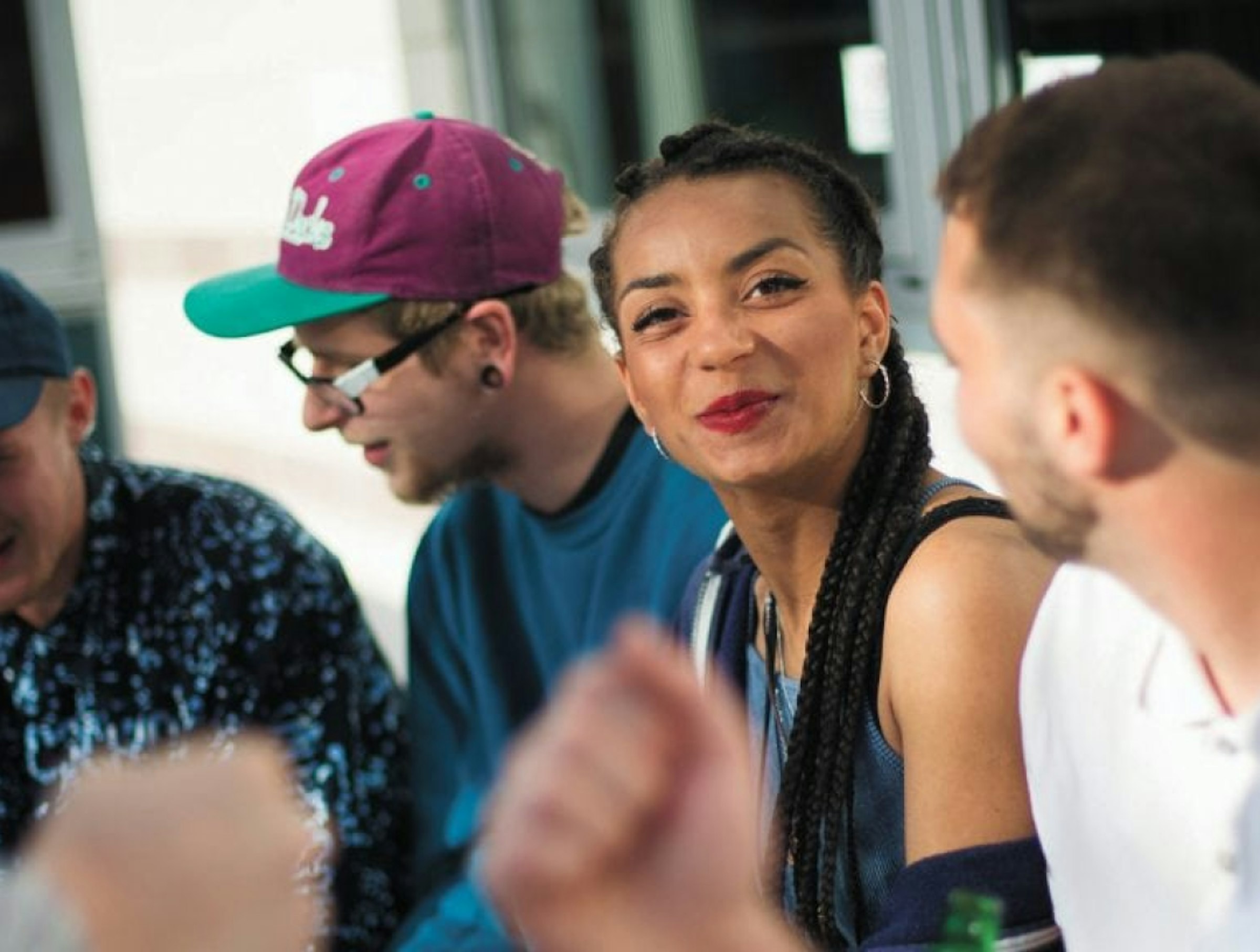
Chat to a student
Our student ambassadors are here to answer any questions you might have on university life, our courses and all things AUB.
Chat on Unibuddy